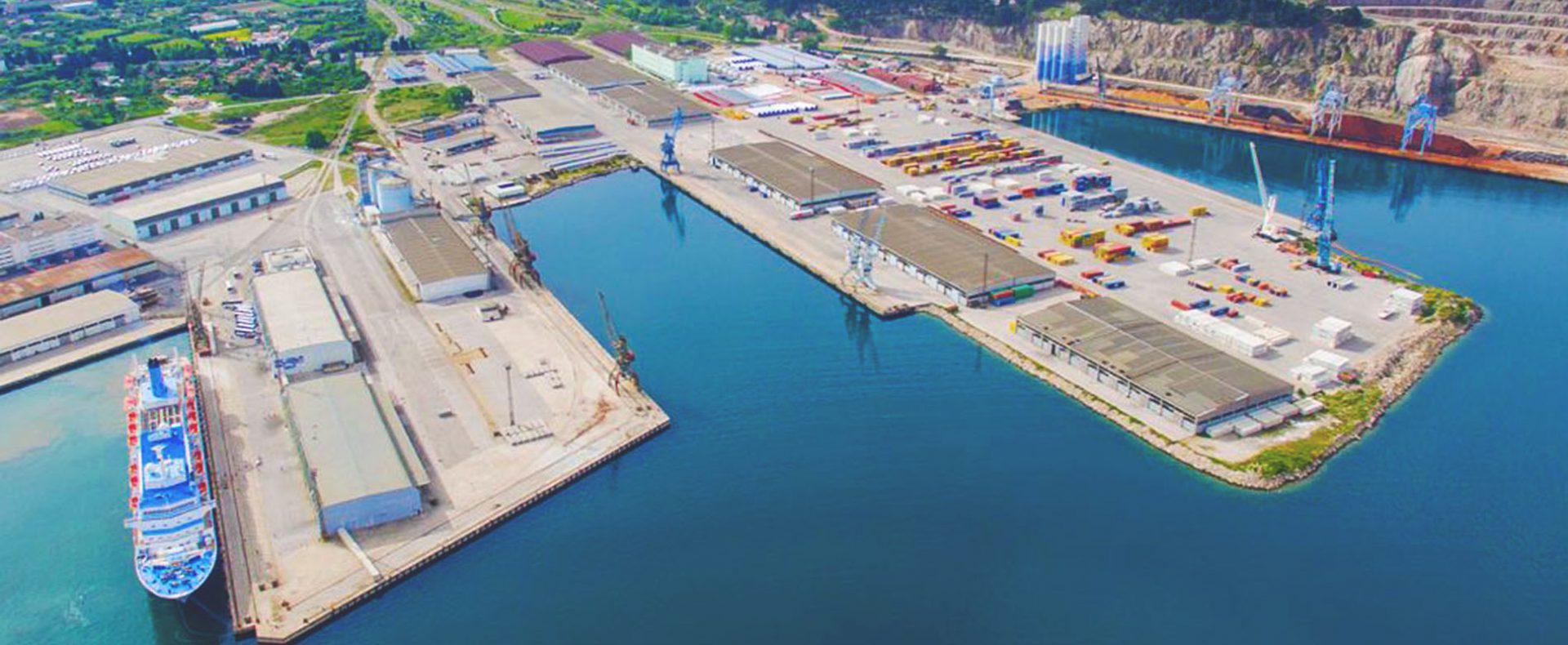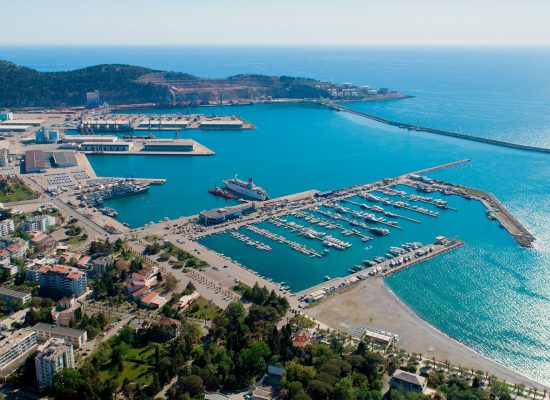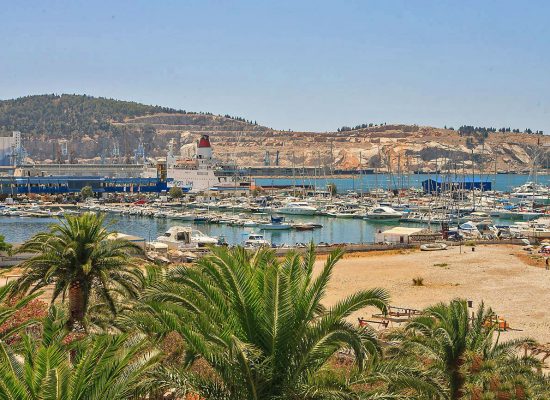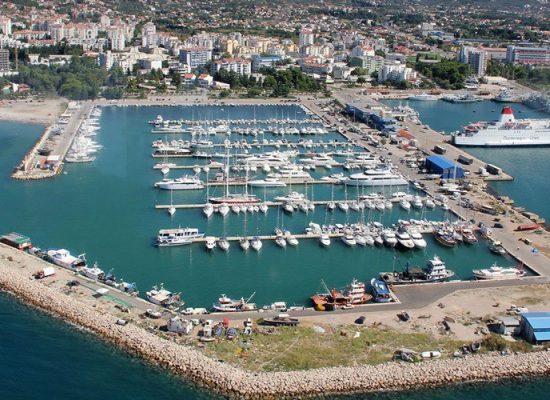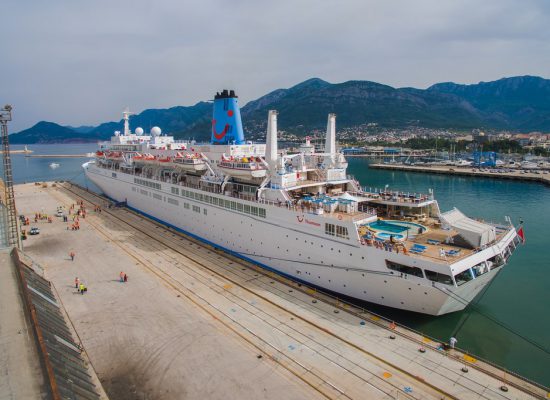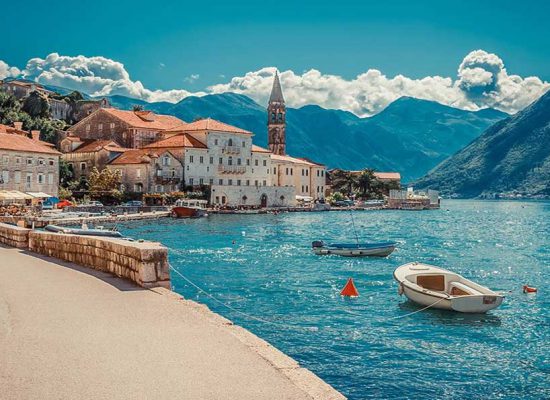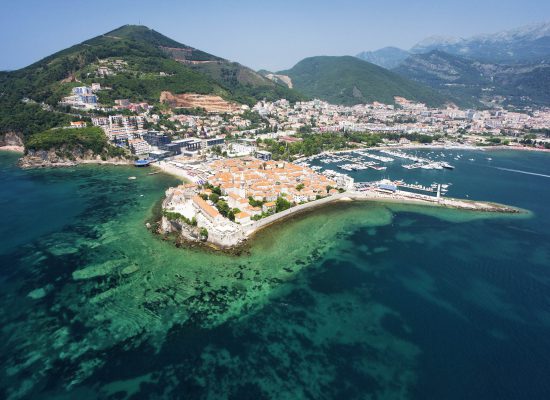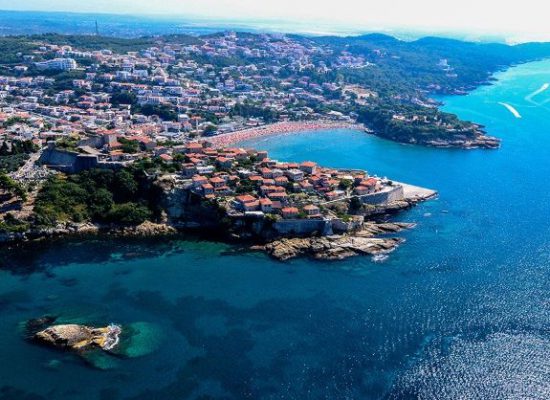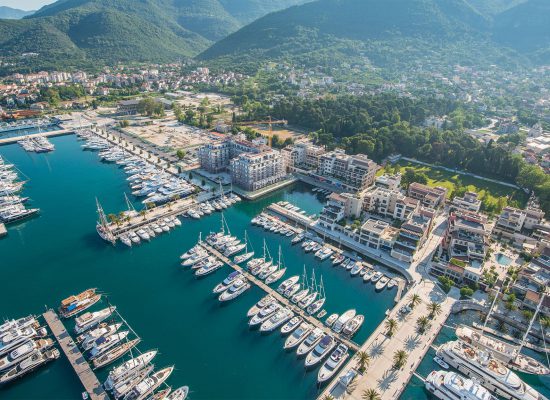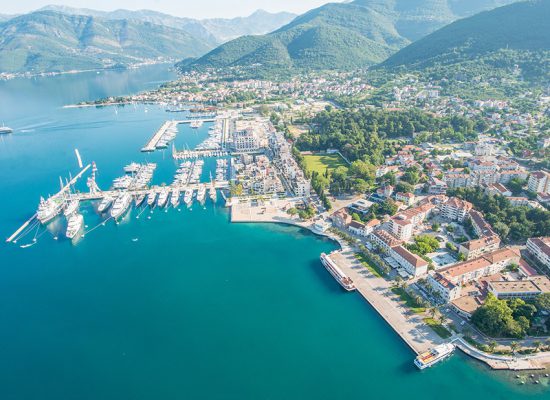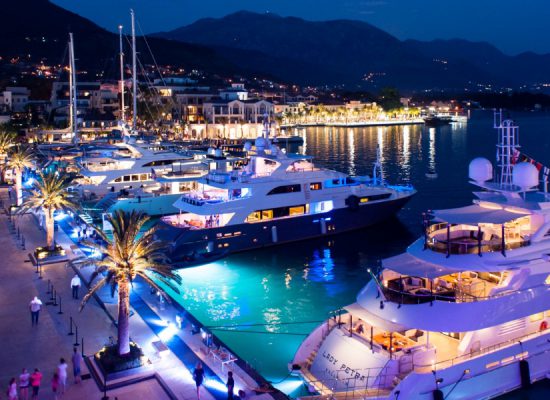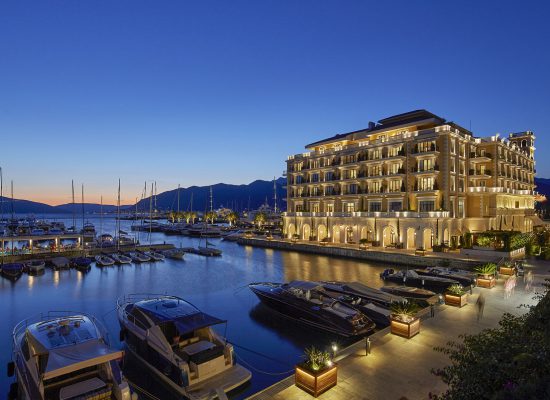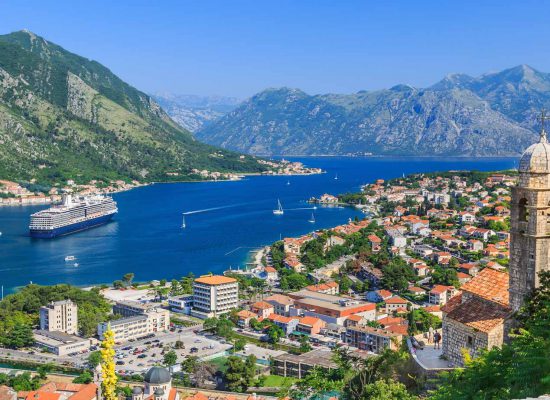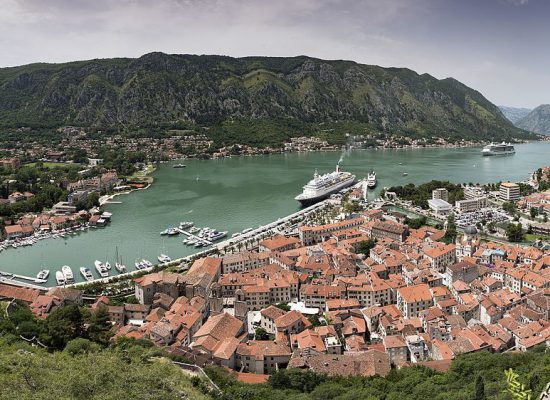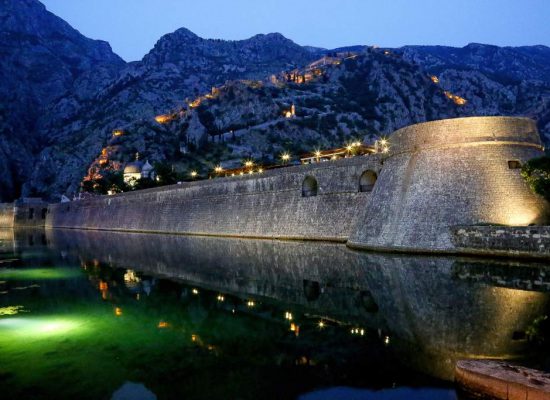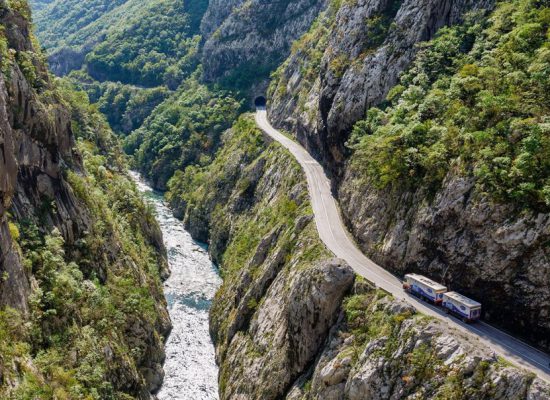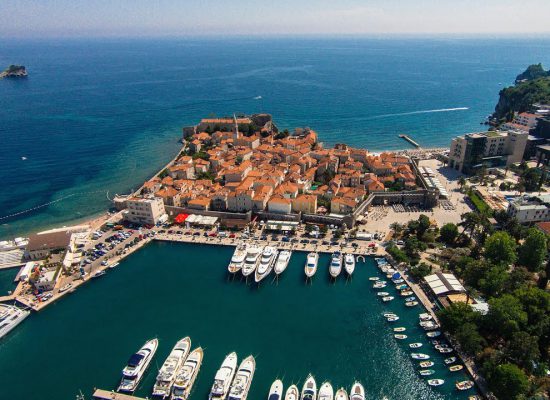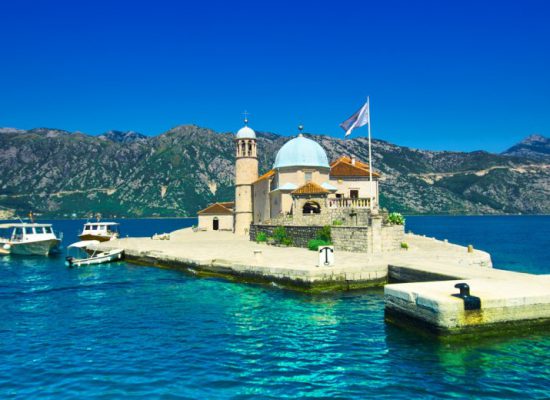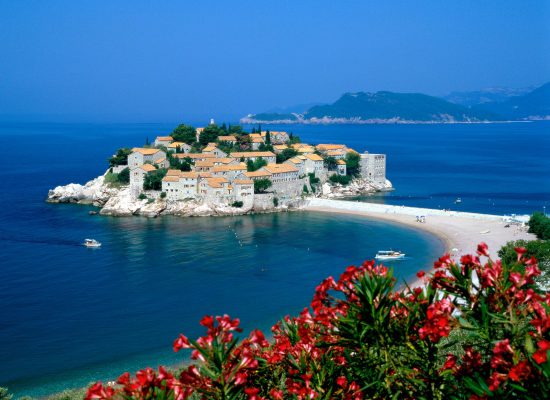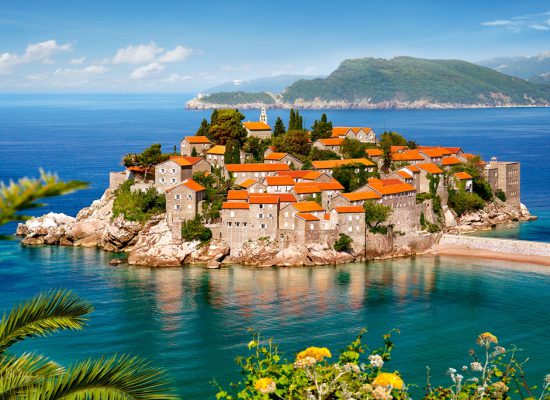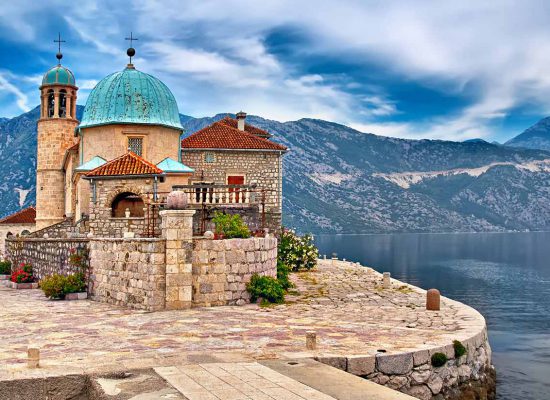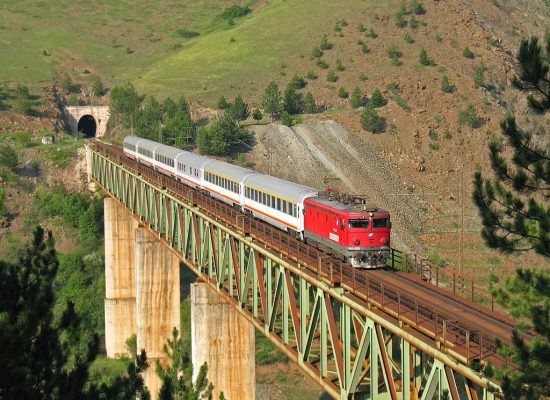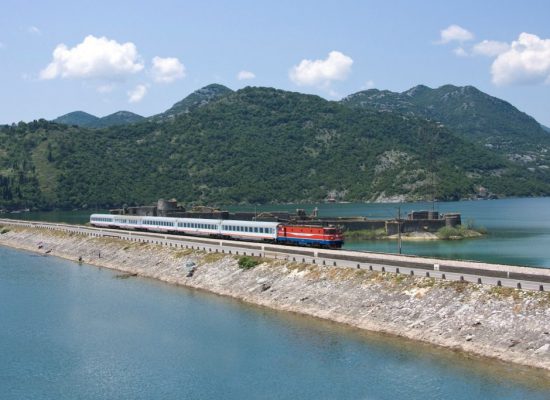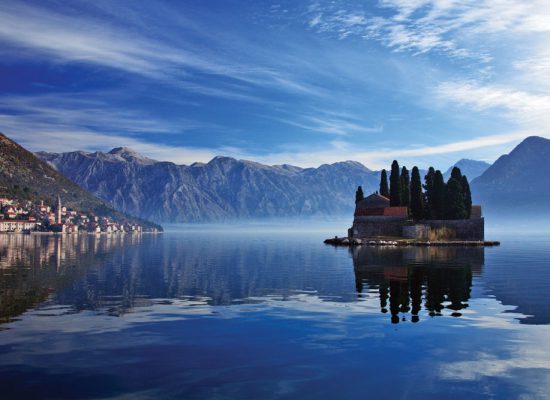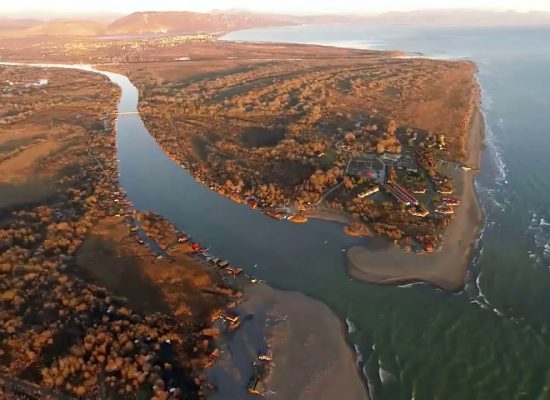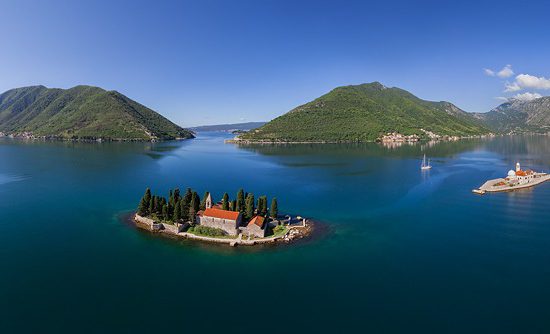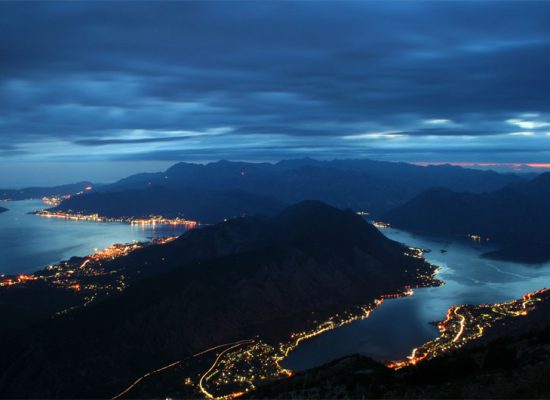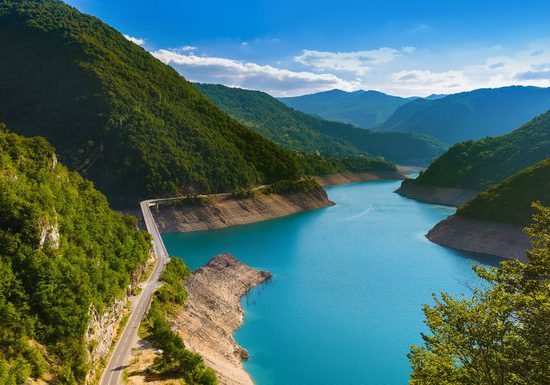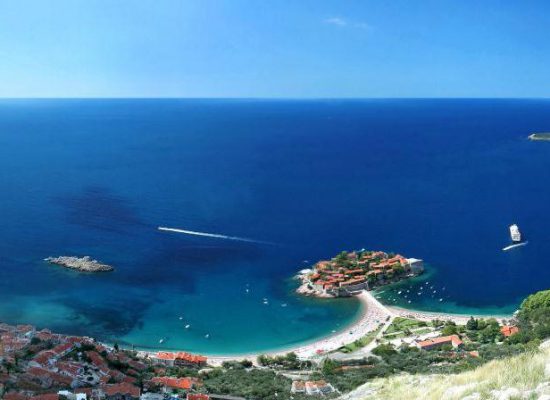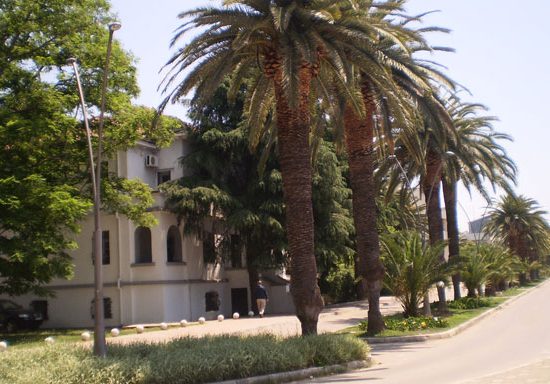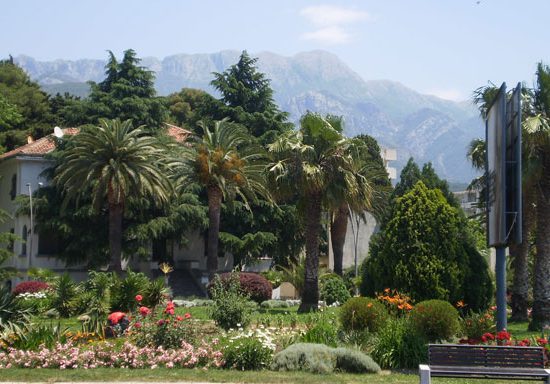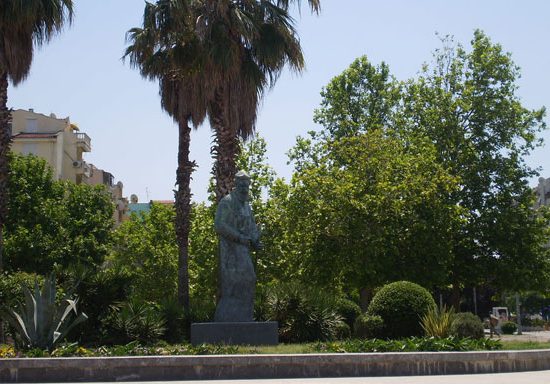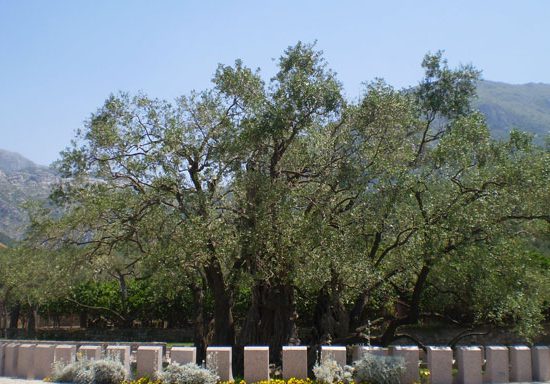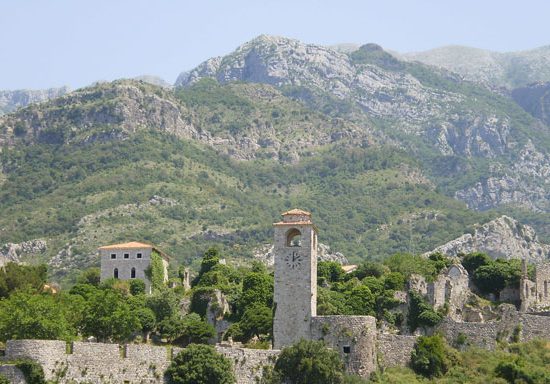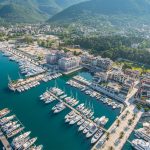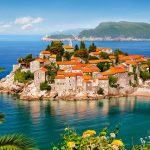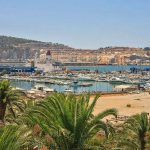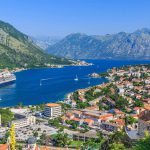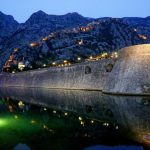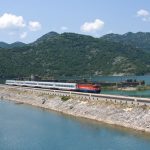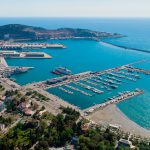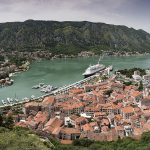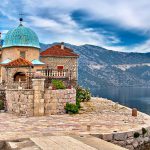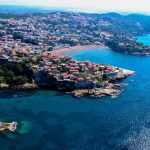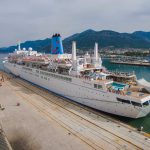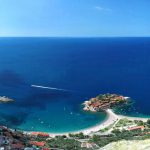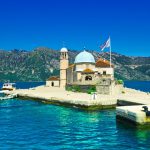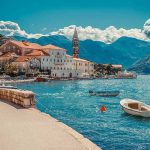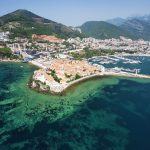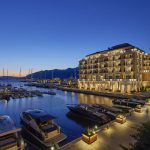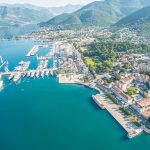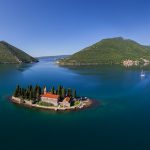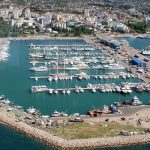About Montenegro
Montenegro is is a country located in Southeastern Europe. It has a coast on the Adriatic Sea to the south-west and is bordered by Croatia to the west, Bosnia and Herzegovina to the northwest, Serbia to the northeast and Albania to the southeast. Its capital and largest city is Podgorica. It lies between latitudes 41° and 44° N, and longitudes 18° and 21° E.
According to the 2011 census,Montenegrohas 620,029 citizens.
Montenegro is classified by the World Bank as a middle-income country. Montenegro is a member of the UN, the Organization for Security and Co-operation in Europe, the Council of Europe, the Central European Free Trade Agreement and a founding member of the Union for the Mediterranean. Montenegro is also an official candidate for membership in the European Unionand official candidate for membership in NATO.
Currency in Montenegrois Euro.
Montenegro ranges from high peaks along its borders with Serbia and Albania, a segment of the Karst of the western Balkan Peninsula, to a narrow coastal plain that is only one to 6 km wide. The plain stops abruptly in the north, where Mount Lovćen and Mount Orjen plunge into the inlet of the Bay of Kotor.
Montenegro’s large Karst region lies generally at elevations of 1,000 metres (3,280 ft) above sea level; some parts, however, rise to 2,000 m (6,560 ft), such as Mount Orjen (1,894 m/6,214 ft), the highest massif among the coastal limestone ranges. The Zeta River valley, at an elevation of 500 m (1,600 ft), is the lowest segment.
The Montenegrin road infrastructure is not yet at Western European standards. Despite an extensive road network, no roads are built to full motorway standards. Construction of new motorways is considered a national priority, as they are important for uniform regional economic development and the development of Montenegro as an attractive tourist destination.
Current European routes that pass through Montenegro are E65 and E80.
The backbone of the Montenegrin rail network is the Belgrade – Bar railway. This railway intersects with Nikšić – Tirana (Albania) at Podgorica; however, it is not used for passenger service.
Montenegro has two international airports, Podgorica Airport and Tivat Airport. The two airports served 1.1 million passengers in 2008. Montenegro Airlines is the flag carrier ofMontenegro.
The Port of Bar is Montenegro’s main seaport. Initially built in 1906, the port was almost completely destroyed during World War II, with reconstruction beginning in 1950. Today, it is equipped to handle over 5 million tons of cargo annually.

